Foundations of College Chemistry 13th Edition Hein Arena Test Bank
$38.00
Foundations of College Chemistry 13th Edition Hein Arena Test Bank Download
- Description
- Reviews (0)
Description
You will receive this product immediate after placing the order
ISBN-10: 047046061X
ISBN-13: 978-0470460610 9780470460610
Chapter Three
Multiple Choice
1. All matter is composed of elements. Approximately how many elements are there?
A. 4
B. 10
C. 68
D. 100
Answer: D; Difficulty: easy; Reference: Section 3.1
2. The smallest particle of an element that can exist is called a(n)
A. atom.
B. ferrule.
C. neutron.
D. electron.
Answer: A; Difficulty: easy; Reference: Section 3.1
3. The smallest particle of an element that can enter into a chemical reaction is a(n)
A. atom.
B. neutron.
C. ferrule.
D. electron.
Answer: A; Difficulty: easy; Reference: Section 3.1
4. Most elements are rare. How many elements make up approximately 99% of the mass of the earth’s crust, oceans, and atmosphere?
A. 2
B. 4
C. 7
D. 10
Answer: D; Difficulty: easy; Reference: Section 3.2
5. The most abundant element in the earth’s crust, oceans, and atmosphere is
A. water.
B. hydrogen.
C. iron.
D. oxygen.
Answer: D; Difficulty: easy; Reference: Section 3.2
6. Which element is a liquid at room temperature?
A. fluorine.
B. chlorine.
C. bromine.
D. iodine.
Answer: C; Difficulty: easy; Reference: Section 3.6
7. Which element is a liquid at room temperature?
A. water.
B. mercury.
C. nickel.
D. iodine.
Answer: B; Difficulty: easy; Reference: Section 3.6
8. The majority of the elements are
A. metals.
B. gases.
C. nonmetals.
D. metalloids.
Answer: A; Difficulty: easy; Reference: Section 3.5
9. At room temperature the majority of metals exist as
A. vapors.
B. solids.
C. gases.
D. liquids.
Answer: B; Difficulty: easy; Reference: Section 3.6
10. Which type of element has the following general properties: solid at room temperature, high luster, good conductor of heat and electricity, malleable and ductile?
A. metalloid
B. noble gas
C. nonmetal
D. metal
Answer: D; Difficulty: easy; Reference: Section 3.5
11. Which type of element has the following general properties: low melting point and density, lacks luster, poor conductor of heat and electricity, and brittle?
A. metal
B. nonmetal
C. metalloid
D. transition element
Answer: B; Difficulty: easy; Reference: Section 3.5
12. On the periodic table vertical columns contain elements with similar properties. These vertical columns are called
A. periods.
B. rows.
C. groups.
D. series.
Answer: B; Difficulty: easy; Reference: Section 3.5
13. The elements on the periodic table are placed in order of increasing
A. density.
B. atomic number.
C. boiling point.
D. atomic mass.
Answer: B; Difficulty: easy; Reference: Section 3.5
14. The halogens are in group
A. 1A
B. 2A
C. 3A
D. 7A
Answer: D; Difficulty: easy; Reference: Section 3.5
15. The alkaline earth metals are in group
A. 1A
B. 2A
C. 5A
D. 7A
Answer: B; Difficulty: easy; Reference: Section 3.5
16. The alkali metals are in group
A. 1A
B. 3A
C. 5A
D. 7A
Answer: A; Difficulty: easy; Reference: Section 3.5
17. Which symbol represents a metallic element?
A. P
B. Ti
C. Si
D. I
Answer: B; Difficulty: easy; Reference: Section 3.4
18. Which is a nonmetal?
A. S
B. Pb
C. Sb
D. Na
Answer: A; Difficulty: easy; Reference: Section 3.4
19. Which is a metalloid?
A. Li
B. Be
C. B
D. C
Answer: C; Difficulty: easy; Reference: Section 3.4
20. Which element is not reactive?
A. Hydrogen
B. Oxygen
C. Iron
D. Helium
Answer: D; Difficulty: easy; Reference: Section 3.5
21. Which element forms diatomic molecules?
A. Sulfur
B. Neon
C. Calcium
D. Chlorine
Answer: D; Difficulty: easy; Reference: Section 3.7
22. Which element forms diatomic molecules?
A. Nitrogen
B. Nickel
C. Boron
D. Iron
Answer: A; Difficulty: easy; Reference: Section 3.7
23. A distinct substance composed of two or more elements combined chemically in a definite proportion by mass is a
A. homogeneous mixture.
B. heterogeneous mixture.
C. solution.
D. compound.
Answer: D; Difficulty: easy; Reference: Section 3.8
24. The charge of a cation is
A. positive.
B. negative.
C. neutral.
Answer: A; Difficulty: easy; Reference: Section 3.8
25. The charge of an anion is
A. positive.
B. negative.
C. neutral.
Answer: B; Difficulty: easy; Reference: Section 3.8
26. How many different elements are present in the compound CoCl2?
A. 1
B. 2
C. 3
D. 4
Answer: B; Difficulty: easy; Reference: Section 3.9
27. How many different elements are present in the compound FeSO4?
A. 1
B. 2
C. 3
D. 4
Answer: C; Difficulty: easy; Reference: Section 3.9
28. How many atoms of oxygen are indicated in the formula Fe(NO3)2?
A. 2
B. 3
C. 5
D. 6
Answer: D; Difficulty: medium; Reference: Section 3.9
29. How many atoms of sodium are indicated in the formula Na2SO4?
Be the first to review “Foundations of College Chemistry 13th Edition Hein Arena Test Bank”
You must be logged in to post a review.


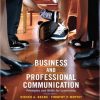
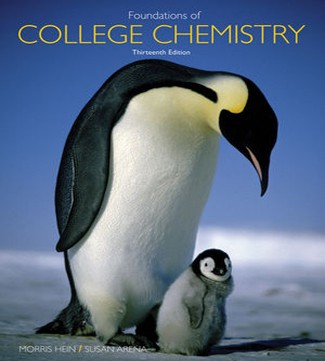
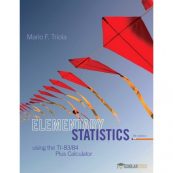
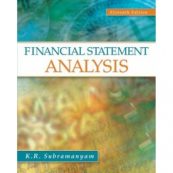
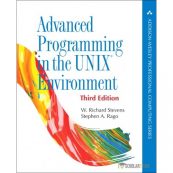
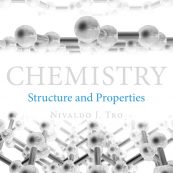
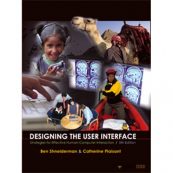
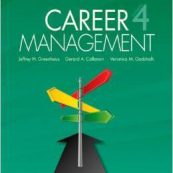
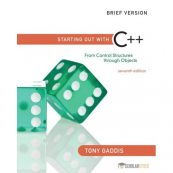
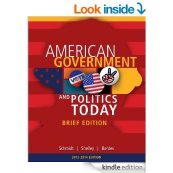
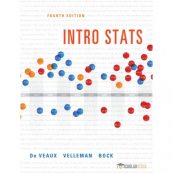
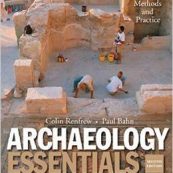
Reviews
There are no reviews yet.